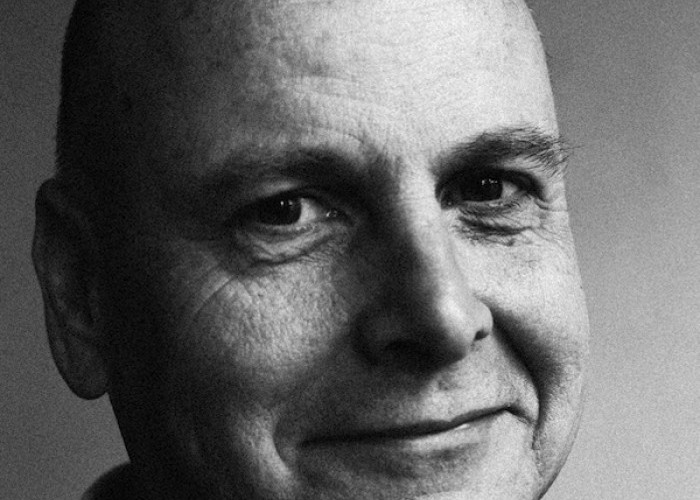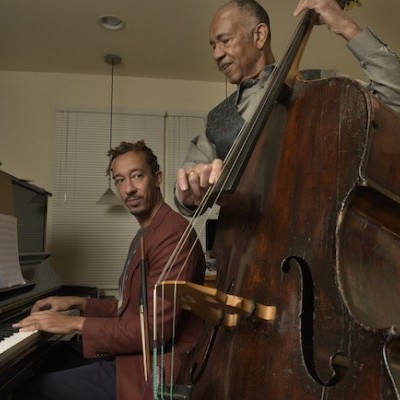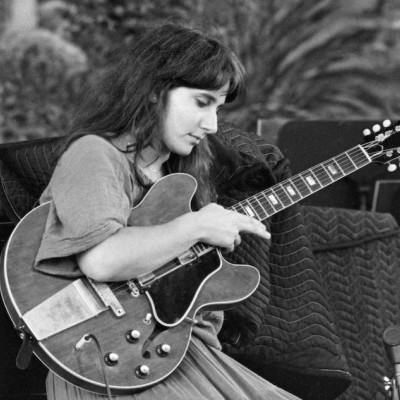Jan 21, 2025 7:54 PM
Southern California Fires Hit the Jazz Community
Roy McCurdy and his wife had just finished eating dinner and were relaxing over coffee in their Altadena home, when he…

Kevin Whitehead recently published Play the Way You Feel: The Essential Guide to Jazz Stories on Film.
(Photo: Francesca Patella/Courtesy Oxford University Press)In 1991, a panel of jazz musicians faced an audience of fans eager with questions. One fan cited a cluster of movies—Lady Sings The Blues (1972), ’Round Midnight (1986) and Bird (1988)—noting that it was good to see jazz receiving deserved recognition. Most agreed. But multi-instrumentalist Benny Carter politely dissented, suggesting that Hollywood was selling the idea of the jazz world as nothing but addicts and psychotics. “That’s not the kind of recognition I welcome.”
Jazz critic Kevin Whitehead’s Play the Way You Feel: The Essential Guide to Jazz Stories on Film (Oxford University Press) confirms Carter’s indictment. Yet, it spins a unique history of the evolving ways that motion pictures have helped shape the perception of jazz. Because there have been relatively few films about jazz—only about 70 by Whitehead’s count, from The Jazz Singer (1927) to Bolden (2019)—they’ve held sway.
Whitehead focuses here on movies about jazz, not featuring it. Soundies, documentaries and most shorts and cartoons are covered in two earlier guides, David Meeker’s Jazz in the Movies and Scott Yanow’s Jazz on Film.
The earliest jazz films were shorts of artists like Bessie Smith and Duke Ellington. But with the breakthrough of swing in 1936, jazz went big time, and Hollywood beckoned with a series of well-intentioned but fictionalized movies on the music. Made in the Jim Crow era, theses films had to make white audiences identify with the music’s “tainted” Black origins. Since African American protagonists could not be trusted with this task, filmmakers created charming white heroes to confer acceptance upon jazz and argue its cause on behalf of its originators.
Themes of modernity and authenticity addressed more subtle but sanitized subtexts of class, race and cultural appropriation. Today, these movies are viewed as period pieces inside period pieces. And “all period pieces,” Whitehead astutely notes, “are about when they’re made as much about when they’re set.”
After the demise of the big bands, jazz lost its commercial allure. So, Hollywood began to probe its more sensational sides. Tragedy replaced modernity, pinning the scarlet letter of addiction on jazz for decades.
This 400-page volume is actually too brief an overview of the complex dialog between jazz and cinema. Whitehead’s analysis is always lively, and mostly generous toward a topic he thoroughly loves. He points out what films got right and what they got wrong. There are countless connections and cross-references, but each chapter is a freestanding essay, making this book easy to cherry-pick and wander around in. DB
This story originally was published in the December 2020 issue of DownBeat. Subscribe here.

Gerald and John Clayton at the family home in Altadena during a photo shoot for the June 2022 cover of DownBeat. The house was lost during the Los Angeles fires.
Jan 21, 2025 7:54 PM
Roy McCurdy and his wife had just finished eating dinner and were relaxing over coffee in their Altadena home, when he…

“She said, ‘A lot of people are going to try and stop you,’” Sheryl Bailey recalls of the advice she received from jazz guitarist Emily Remler (1957–’90). “‘They’re going to say you slept with somebody, you’re a dyke, you’re this and that and the other. Don’t listen to them, and just keep playing.’”
Feb 3, 2025 10:49 PM
In the April 1982 issue of People magazine, under the heading “Lookout: A Guide To The Up and Coming,” jazz…

The Old Country: More From The Deer Head Inn arrives 30 years after ECM issued the Keith Jarret Trio live album At The Deer Head Inn.
Jan 21, 2025 7:38 PM
Last November, Keith Jarrett, who has not played publicly since suffering two strokes in 2018, greenlighted ECM to drop…

“The first recording I owned with Brazilian music on it was Wayne Shorter’s Native Dancer,” says Renee Rosnes. “And then I just started to go down the rabbit hole.”
Jan 16, 2025 2:02 PM
In her four-decade career, Renee Rosnes has been recognized as a singular voice, both as a jazz composer and a…

As Ted Nash, left, departs the alto saxophone chair for LCJO, Alexa Tarantino steps in as the band’s first female full-time member.
Mar 4, 2025 1:29 PM
If only because openings for JLCO’s 15 permanent positions appear about as frequently as sub-freezing days on the…